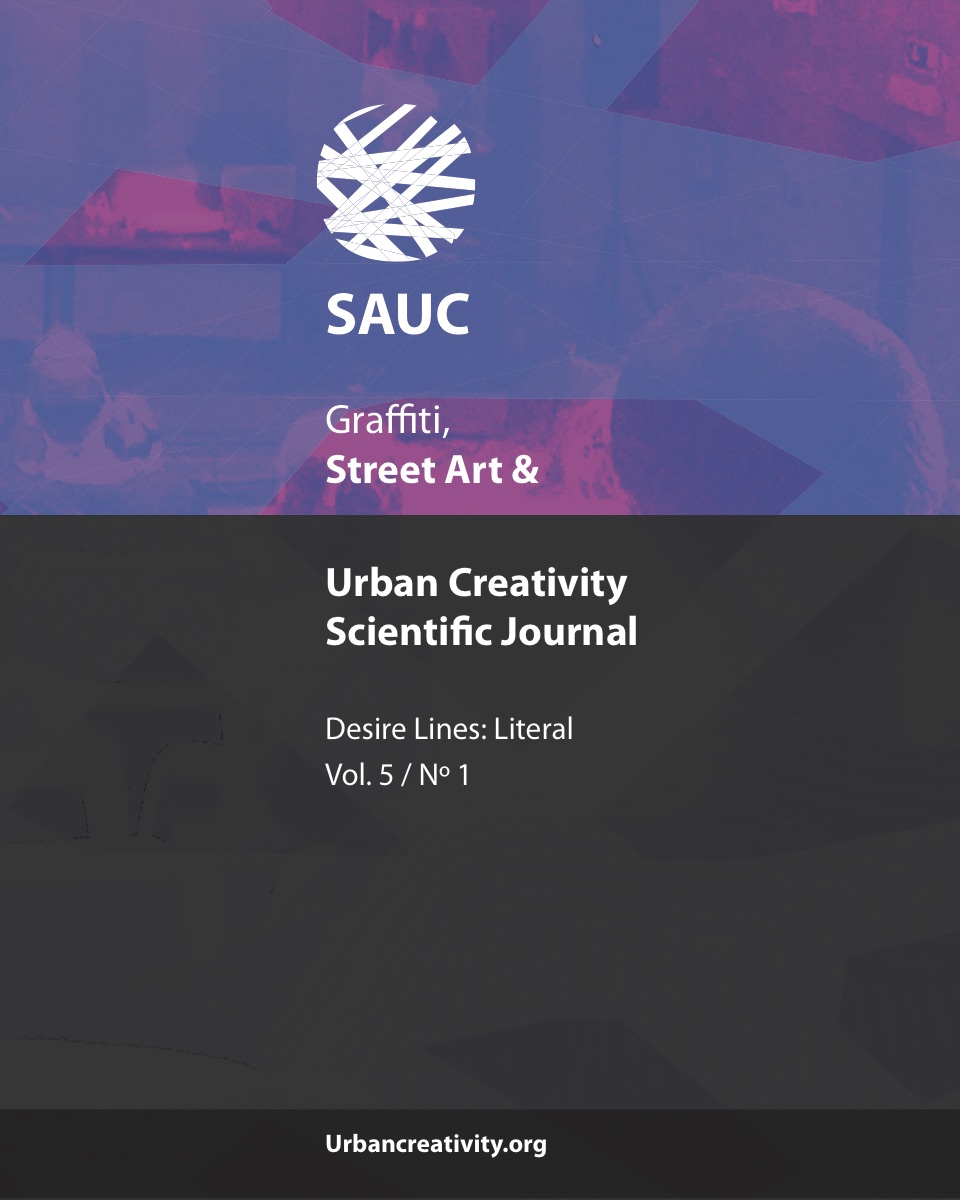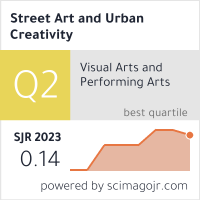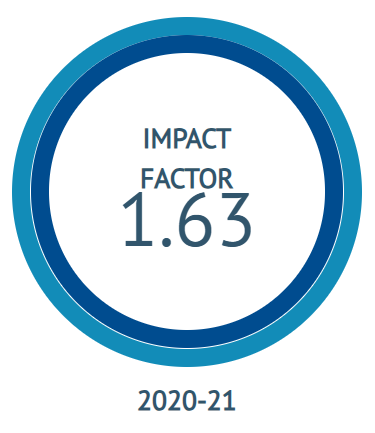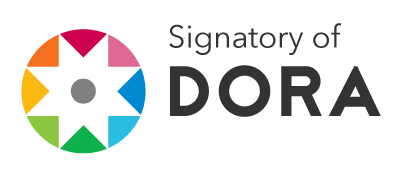Conflicts of Memory
Red Army Graffiti in the Reichstag 1945-2015
DOI:
https://doi.org/10.25765/sauc.v5i1.173Resumen
The inscriptions left on the walls of the Reichstag by Red Army soldiers in May 1945 have played a pivotal role in the development of a deeply divided cultural memory, not only between the Soviet Union and post-war Germany (West and East), but also in post-Soviet times and in a reunited Germany.
This article follows the changing attitudes towards those graffiti as part of a painful and traumatic past: they serve as a means to revive a heroic part of history on the Soviet side (if only through publication of photographic images in the 1960s); they have suffered from a strong tendency toward social amnesia in post-war West Berlin (cleansing the walls of Red Army graffiti and covering them with panelling); they have triggered a highly contested debate in the Bundestag about their conservation or elimination that was caused by their unexpected resurfacing during the 1990’s reconstruction of the Reichstag; and finally, they form the center of a debate about transforming the leftover graffiti from a site of memory into a site of reconciliation.
The recent construction of a replica of the Reichstag in Moscow, in 2015 – including the graffiti – shows yet another aspect of memory politics – this time in support of a rise in patriotism.
Descargas
Estadísticas globales ℹ️
|
173
Visualizaciones
|
44
Descargas
|
|
217
Total
|
|
Descargas
Publicado
Cómo citar
Número
Sección
Licencia
Los autores/as que publiquen en esta revista aceptan las siguientes condiciones:
- Los autores/as conservan los derechos de autor.
- Los autores/as ceden a la revista el derecho de la primera publicación. La revista también posee los derechos de edición.
- Todos los contenidos publicados se regulan mediante una Licencia Atribución/Reconocimiento-SinDerivados 4.0 Internacional. Acceda a la versión informativa y texto legal de la licencia. En virtud de ello, se permite a terceros utilizar lo publicado siempre que mencionen la autoría del trabajo y a la primera publicación en esta revista. Si transforma el material, no podrá distribuir el trabajo modificado.
- Los autores/as pueden realizar otros acuerdos contractuales independientes y adicionales para la distribución no exclusiva de la versión del artículo publicado en esta revista (p. ej., incluirlo en un repositorio institucional o publicarlo en un libro) siempre que indiquen claramente que el trabajo se publicó por primera vez en esta revista.
- Se permite y recomienda a los autores/as a publicar su trabajo en Internet (por ejemplo en páginas institucionales o personales), una vez publicado en la revista y citando a la misma ya que puede conducir a intercambios productivos y a una mayor y más rápida difusión del trabajo publicado (vea The Effect of Open Access).













